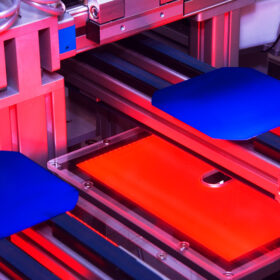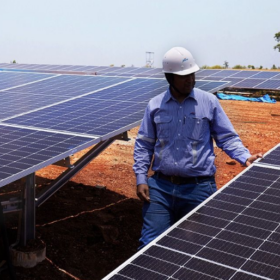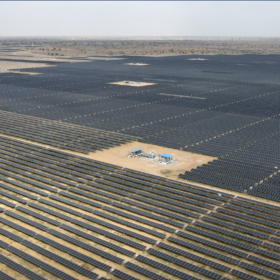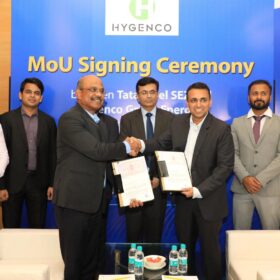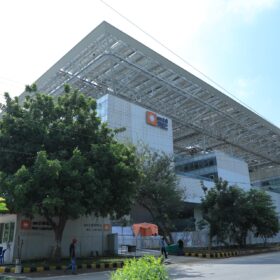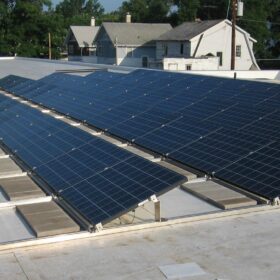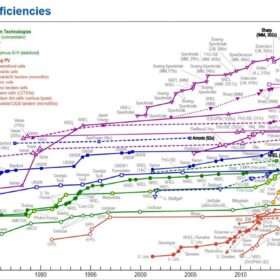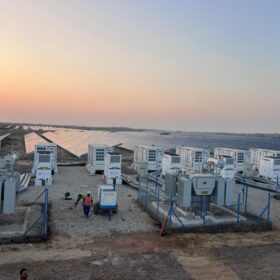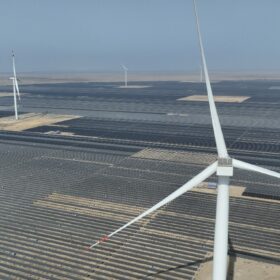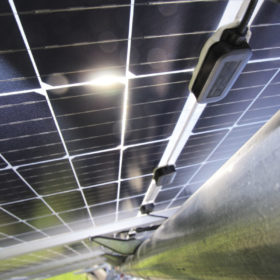Global solar manufacturing sector now at 50% utilization rate, says IEA
The International Energy Agency (IEA) says that global solar cell and module manufacturing capacity grew by around 550 GW in 2023. It reports that around 80% of the global PV manufacturing industry is currently concentrated in China, while India and the United States each hold a 5% share. Europe accounts for a mere 1%.
JSW Energy FY 2024 profit up 17% to INR 1,723 crore
JSW Energy posted a revenue of INR 11,941 crore and net profit of INR 1,723 crore for the fiscal year ended March 31, 2024.
Designing the best-performing hybrid renewable energy system for off-grid, rural communities in India
A new study evaluates seven different configurations of hybrid renewable energy systems to meet the electricity requirements of an off-grid village community in the Jaisalmer district of Rajasthan, cost-effectively and sustainably. It finds the system combining solar PV panels, wind turbines, biogas generator, lithium-ion battery, converter, electrolyser, and hydrogen tank to be the best performing as it has the lowest fuel consumption rate, net present cost, levelised cost of energy, and cost of hydrogen.
Italy’s EU-made PV incentives raise specter of Chinese opposition
A World Trade Organization (WTO) official and several Italian lawyers recently spoke with pv magazine Italy about the timing of a potential Chinese legal challenge against Italy’s new solar measures, which exclusively provide incentives for high-performance PV modules produced in the European Union.
Sinovoltaics updates financial stability ranking of PV module manufacturers
The latest Sinovoltaics financial stability report ranking lists Tainergy, Eterbright, First Solar, Era Solar, and TSEC as the top five module makers. There was a slight reshuffling in the top ten, and seven new manufacturers were added to the ranking.
India tendered ‘record’ 70 GW of renewables in FY 2024
India invited bids to set up 69.8 GW of renewable energy capacity, far surpassing the annual bidding target of 50 GW. The bidding activity surged due to large-scale potential for market growth, central government support in terms of targets and regulatory frameworks, and higher operating margins.
The Hydrogen Stream: Hygenco to set up green hydrogen, ammonia project at Tata Steel SEZ’s Gopalpur Industrial Park
Hygenco aims to produce 1 million tonnes per annum (MTPA) of green ammonia from its plant at Tata Steel SEZ’s Gopalpur Industrial Park in Odisha. The project’s initial phase is set for commissioning by December 2026.
REC gets RBI nod to set up subsidiary in GIFT City, Gujarat
The proposed REC subsidiary at GIFT City will engage in lending, investment, and other financial services, contributing to the growth of India’s energy sector.
Algorithms to detect underperforming rooftop PV panels
Australian researchers have developed multi-stage algorithms to remotely detect and accurately diagnose underperforming solar panels in residential and commercial PV systems.
NREL interactive chart of solar cell efficiency now including ‘hybrid tandems’
The new cell category includes perovskite/silicon, perovskite/CIGS, III-V/silicon and perovskite/organic tandem PV devices. It will list the absolute record efficiency for all-perovskite, two-terminal tandems regardless of the number of junctions.
